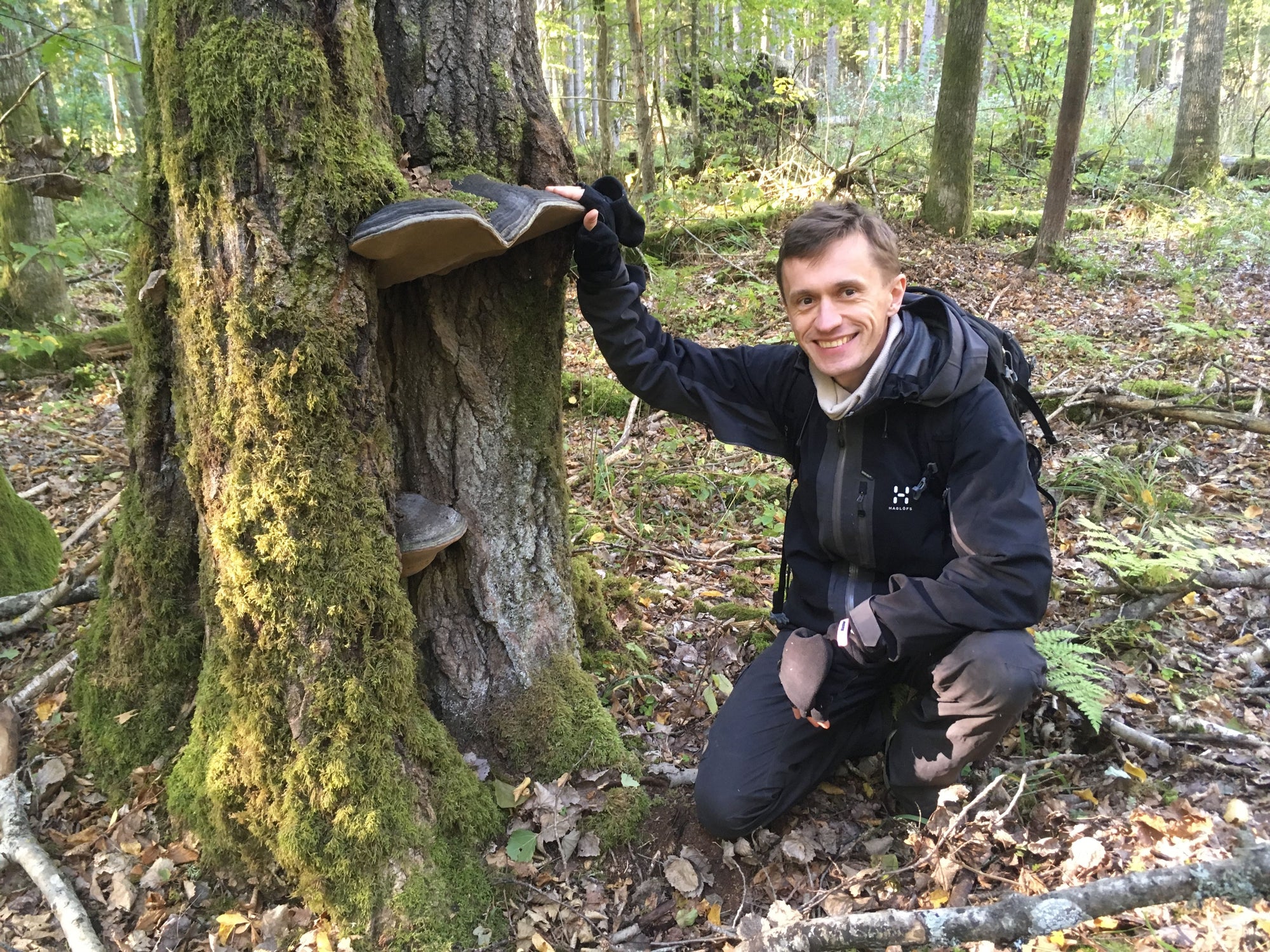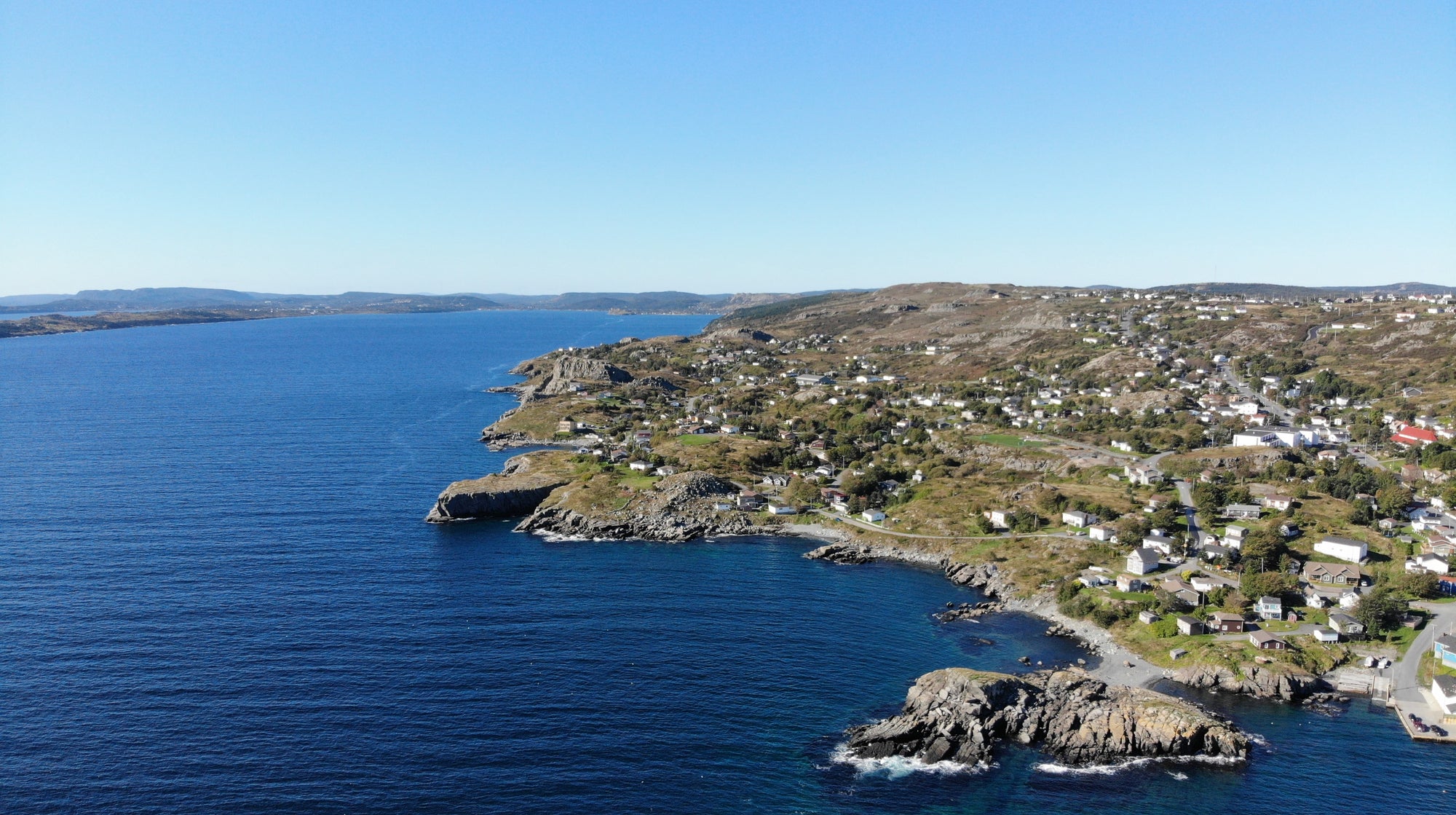The platypus is a fascinating and unique semi-aquatic mammal, particularly intriguing because it lays eggs, lives in burrows and can eat a third of its body weight in aquatic insects a day. The ecology of the platypus has long captivated scientists, however it is a cryptic animal that is only rarely observed in the wild. Simon Roberts, a retired biologist with over a decade of experience observing animals using camera traps, finds the study of platypuses both challenging and rewarding due to their distinctive nature

🔼Simon presented his collection of Brinno time lapse cameras
1. Tell us more about your research and your personal experience.
I am Simon Roberts. I have been working with the not-for-profit Australian Platypus Conservancy for the past three years refining a method for detecting and recording the behavior of platypus in a local creek in Tasmania, Australia. As this study progressed, I have been amazed to observe the ecological attributes of these animals and to learn about their behavior and adaptation to their dynamic environment. This research has already led to the publication of a scientific paper and has sparked some additional interest in the scientific community for using time lapse cameras for other platypus research and environmental education initiatives.
“The Brinno cameras are very good for behavioral and temporal data.” - Simon shared at a Platypus Conference
2. What is a platypus?
The Platypus is a unique and iconic Australian species. and one of the world’s most remarkable animals. The Platypus is a semiaquatic, egg-laying mammal endemic to eastern Australia, including Tasmania. When first discovered, the unusual look of a Platypus caused considerable confusion and doubt among European naturalists and scientists, many of whom believed that the animal was a fake, suspecting that a taxidermist had added the beak of a duck to the body of a mole. In the early days of Australian colonization, the platypus was often referred to as the “duck-billed mole”.

🔼Platypus roaming around the creek
The Platypus is a small to medium sized (0.7-3kg weight and 40-70cm long) semi-aquatic animal that feeds exclusively on aquatic prey. Platypus forage for food for between 12 and 16 hours per day mostly at night but are often observed in the early morning and evening before retiring to a burrow to sleep. When foraging for food the Platypus closes its ears and eyes and uses unique electroreceptors located in their bills that detect insect movements. Platypus can have very varied home ranges that generally range from 3-6 km of creek or river with males (which are bigger) traveling longer distances.
3. What is your research about?
The platypus is a challenging species to survey and monitor. We initially investigated the use of time lapse cameras to detect platypus activity in a Tasmanian creek by deploying three camera models diurnally over a long period of time.
▶️Australian Platypus Conservancy shares how to they use cameras for observation: https://platypus.asn.au/cameras/
The result confirms that time lapse cameras can be usefully employed to detect and monitor platypus activity throughout the year in creek environments. Our current research is using time lapse cameras to monitor the movements of platypus up and down waterways to investigate their use of different habitats (pools and riffles) for foraging.
4. Why did you decide to get a time lapse camera?
Usually, when we do ecological studies of this kind, we typically use cameras “traps” with Passive Infra-Red (PIR) triggers. These cameras utilize passive infrared sensors to detect animals before they take a photo. But platypus rarely triggers the PIR cameras, Time lapse cameras take a constant number of photographs, which give us highly controlled sampling effort and are less subject to bias caused by camera sensitivity and orientation than are PIR-triggered cameras. Time lapse photos also monitor a far larger area than PIR triggered cameras as animals are often present but are outside the range of the PIR sensor or move out of frame prior to the camera triggering.

🔼Can you find the platypus in the image?
5. How did you use the time lapse camera?
Three time-lapse camera models were used, a Cuddeback model with infrared flash, a BCC100 with an ATH120 weather-resistant housing, and a Brinno MAC200DN. Cameras were set to capture 0.3 – 0.5 MB images (medium photo quality), at 3-s intervals, and could run for 10–14 days when powered by batteries.

🔼Different cameras were positioned for various angles
Cameras were positioned to provide the widest possible unobstructed view of a pool that included some adjoining bank and was above usual flood levels. Videos were reviewed with 1 minute of video equalling 1 hour of real time. Evidence of platypus activity includes concentric ‘bull’s-eye’ ripples (seen when a platypus dives or emerges on the surface), semi-circular ripples propagating from the shoreline (seen when a platypus feeds in shallow water near the channel edge) or a prominent ‘V-shaped’ ripple pattern. When surface disturbance was detected, the video was stopped and each photo reviewed, platypus were nearly always seen on the surface or moving along the edge of the creek. A very small proportion of detections were found to be other animals.
6. How would you recommend your friend or community to use such a camera?
Time lapse cameras are a powerful tool that can provide valuable information on the presence and ecology of animals in aquatic environments that standard camera traps cannot obtain. Since starting to use time lapse I have been recommending the use of these cameras for broader monitoring of aquatic species as well as recording fluctuations in flow and water quality (turbidity) in creeks and rivers. The types of uses and optimisation of the methods are still being explored with new technology providing further opportunities as we come to understand the strengths and limitations of this technique.

🔼Time lapse cameras captured the daily movement of platypus
A major advantage of Brinno cameras is the automatic conversion of the still images directly into viewable videos, this saves a lot of time and avoids issues with using third party software for video conversion as well as the additional digital storage space required. Once you withdraw the memory card from the Brinno camera, you can review the data immediately on the computer.
7. Is there any interesting capture throughout the entire research?
🔽Platypus commuting up and down the creek
🔽Unexpected capture of other creature
🔽Platypus rolling on the stone



